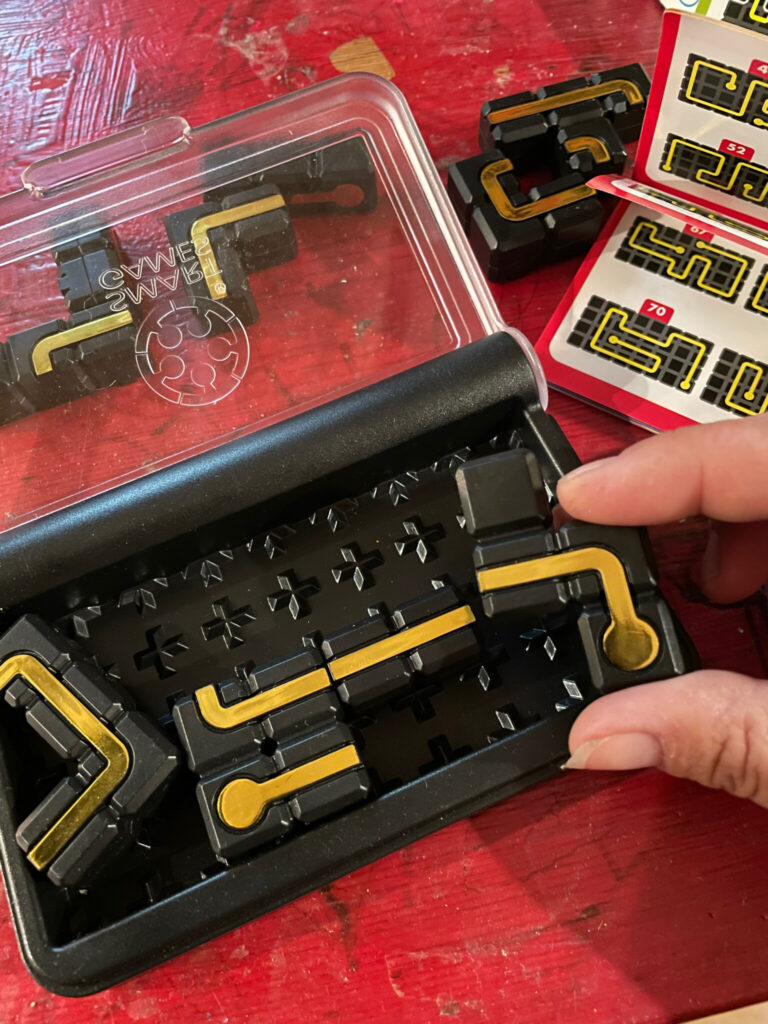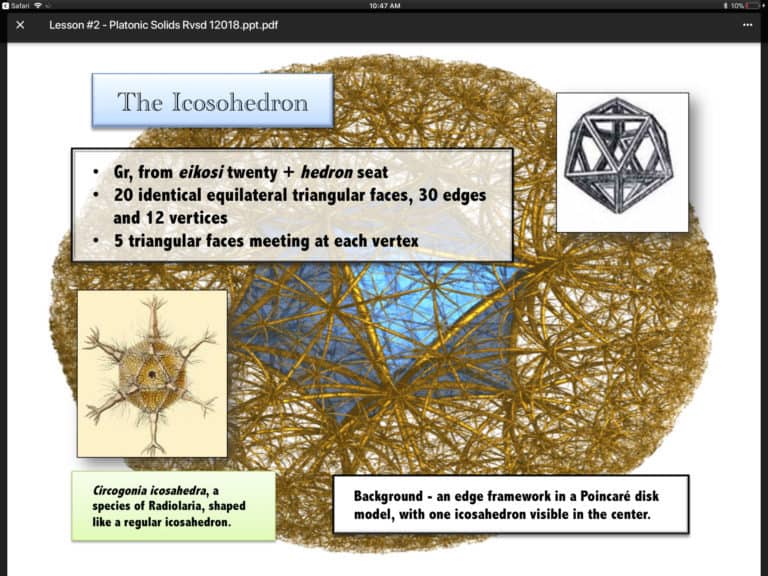Better School Day Transitions with Mini-Game Breaks
We may earn money or products from the companies mentioned in this review or post, but all opinions are our own.
I love creative homeschool tools. Adding smart games like IQ Circuit is one of the ways we give the kids learning challenges during transition times throughout the homeschool day. This game has several levels of challenges, so all of the kids like taking part in a quick challenge while they wait for a sibling to wrap up their math assignment before we read together. The IQ game is also easy to keep track of with the compact case for grab and go play.

Schooling as a group has huge advantages for us. We do a block of reading that covers much of the subjects required for the school day. One of the only problems I have experienced is that transition times can make it difficult to keep the kids nearby for the next subject.
Keep Kids Attention With A Mini-Game Station
Having a game station set up with a variety of homeschool tools for the kids to grab and take to their seat has helped make transition times smoother. I like the IQ Circuit game for a couple of reasons. First, I like that it is a single player game, so there is no arguing about who has won while another child is trying to do long division. This also means that it gets rotated through the kids, for some reason limited accessibility means it is more desirable. Secondly, it has a broad range of challenges so my 13 year old enjoys it as much as our 8 year old. It is a smart game, teaching thinking skills on the sly while looking like a fun little game. They think they are taking a break from learning but I know better. That is why I chose it.
How to Play IQ Circuit
The self contained game has interlocking parts that fit into the grid. Each part has an inlay of golden circuit running along two faces. This adds an extra layer of challenge as each side must be determined as well as placement.
- Select a challenge from the IQ Circuit booklet provided
- Each challenge shows 2, 4, or 6 dots. The object being to connect the dots with a path of golden circuit. For two dots there will be one path between them, four dots: two paths and for six dots: three paths.
- The booklet is broken into levels with decreasing HINTS for each.
STARTER: The shape of the path and the position a some of the pieces are shown. This helps younger players get a hang of how the game is played and reduces frustration. This is a great visual problem solving exercise.
JUNIOR: The position and shape of puzzle pieces are shown, but not the shape of the path.
EXPERT: The shape of the path is shown.
MASTER: The shape and position of a few puzzle pieces are shown with only the dots indicated.
WIZARD: Only the final position of the dots are shown. NO HINTS.

Progression Toward Mastery
Even I could not just pick this game up and complete the WIZARD challenges immediately. This game takes some serious problem solving skills. Using it is a great way to help a child increase their concentration while waiting. For some children the prospect of waiting makes it difficult to be settled. Having these small game options have been a great way to occupy the kids without wasting time. No wonder Timberdoodle includes games in their Full Curriculum Kits. You can find IQ Circuit included in their 9th Grade Curriculum Kit.
Read more about Timberdoodle’s full curriculum Kits in our upcoming review of the 10th Grade kits this school year. In the meantime, you can watch the unboxing of our curriculum on the latest youtube video below.





